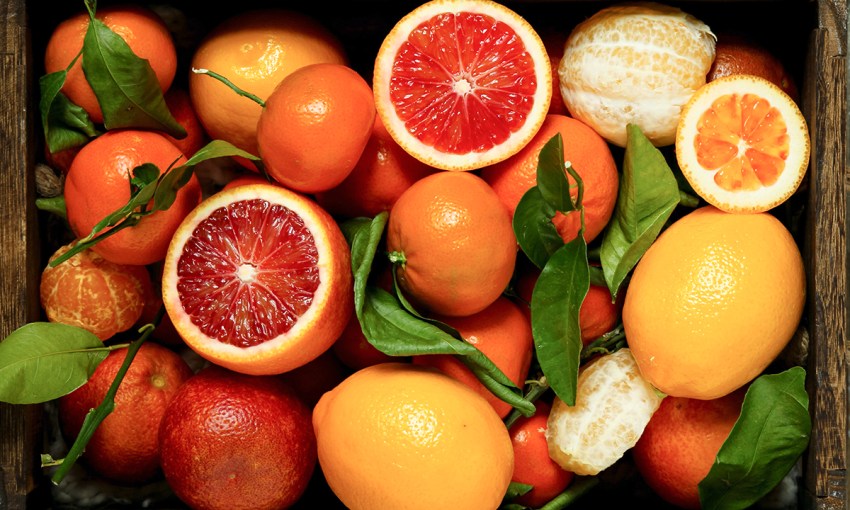Whether it’s mandarins for eating, lemons for seafood or a slice of lime for your gin and tonic, every garden needs a citrus fruit tree. But which one should you choose?
Home-grown citrus: Zest for life
The range of citrus available for home gardeners is enormous. Hundreds of varieties make it the most commonly propagated fruit around the world. Whichever variety you select, you simply can’t go wrong. They are incredibly productive, ornamentally beautiful and make a perfect contribution to any garden. However, there are a few important points to remember:
Sunshine and protection
Select a position with protection from wind and heavy frost – full sun is ideal. Citrus prefer a minimum of five hours of direct sun; if there is less sun they may not set as much fruit, but would still be adequate for the home kitchen.
Soil
Citrus will grow in a wide variety of soils provided that soil preparation is addressed. Good drainage is essential. Light sandy soils are perfect with the addition of compost to assist in retaining moisture, and heavy clay soils also need the addition of compost to open up the soil.
Planting
It is always a good idea to soak a new plant before planting. As most citrus trees are grafted, be careful to keep the tree’s graft union well clear of the soil surface, the root ball should be at the same level as the surrounding garden. Do not build the soil up around the trunk. Make a generous moat around the plant, it is essential to give a deep watering to settle it in following planting.
Watering
Citrus require regular deep watering, yet it is important to leave it as long between watering as you can to avoid waterlogging. They must get adequate water during our hottest months, but they must also have good drainage. Citrus have surface-feeding roots so mulching is essential to help to keep them cool and conserve moisture during our hot months.
Fertiliser
Look for fertiliser that is specific for citrus or fruit trees. There are three types of fertiliser: organic ones usually containing blood and bone and animal manures, which are usually a gentler approach to feeding and less likely to burn the roots of the tree. Another type is chemical-based fertilisers with high nitrogen content achieved through urea or sulphate of ammonia. Then there are hybrids of both. A hybrid fertiliser that we recommend, developed in SA, is Giganic. It’s a chicken-manure based fertiliser boosted with high potassium (potash) levels, which is useful in promoting flower and fruit set.
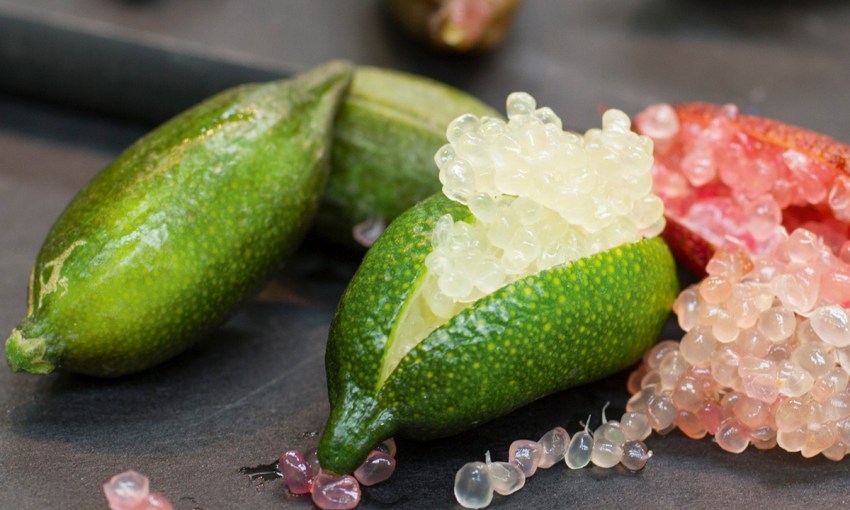
Growing in containers
You no longer need a large backyard to have fresh citrus in the kitchen. In recent years, plant breeders have cleverly created dwarf varieties. These varieties are ideal for pot culture where for example you can even grow a productive tree on a sunny balcony.
Always select a pot that has adequate drainage holes and if a saucer under the pot is used ensure you empty it periodically to avoid salt build up. Water potted citrus two to three times a week and every day if it’s extremely hot.
Lemon varieties such as Lots of Lemons, Lemonicious and Dwarf Eureka are extremely suitable to be grown in pots. Now there are also grafted dwarf mandarins and cumquats that make spectacular ornamental potted specimens. Dwarf Tahitian Limes also grow well in pots.
For an exciting experience, consider one of the Australian native finger limes, they are the citrus caviar of the culinary world.
Another great space-saving option is to plant a multi-graft citrus, a tree with two citrus fruits on the same plant. Be it a lemon with a lime grafted onto the same root stock, or a Valencia and navel orange on the same tree.
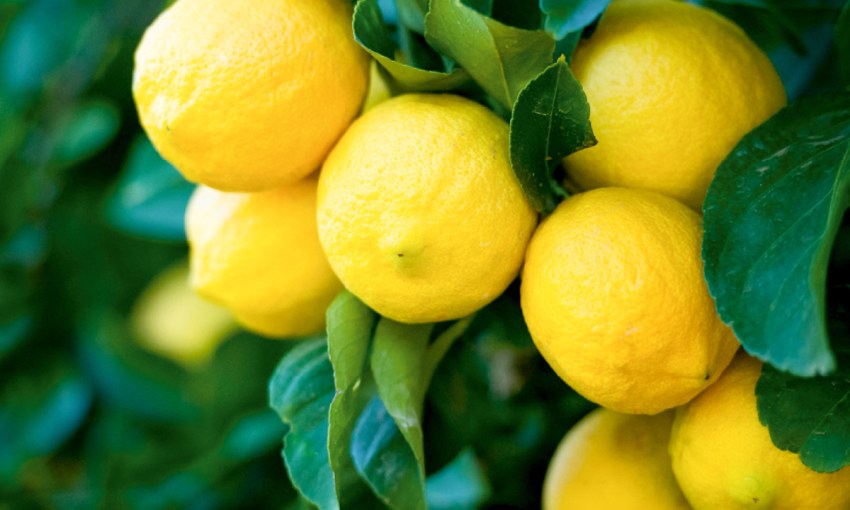
Lemons
Lisbon and Eureka lemons in general hold very well on the tree, so for home gardeners either lemon is suitable and can give year-round supplies. Eureka produces its main crop at about the same time as Lisbon but can carry a number of small crops during the summer to early autumn months. Lisbon produces a large main crop that matures in the autumn to winter months and has little or no summer crop.
Meyer is an ideal cooler climate lemon. The fruit turns a pale orange colour when mature on the tree and is rounder than most lemons. It is fairly frost hardy and is what could be called a “sweet” lemon. The skin is quite soft and lacks that “lemon zest” flavour. Because of its cold tolerance it is popular inland where frosts occur.
Thornless lemon originated in South Australia. This is a strain of lemon that is very similar to Eureka in growing habits. The only difference would be that the fruit has a smooth skin and when left on the tree after ripening the skin remains finer than that of the Eureka.
The Lemonade tree’s growth is vigorous and attractive. The main crop matures in July to August and is reliable and quite heavy. With careful pruning and feeding a lighter summer crop is also possible. The fruit contains few seeds.
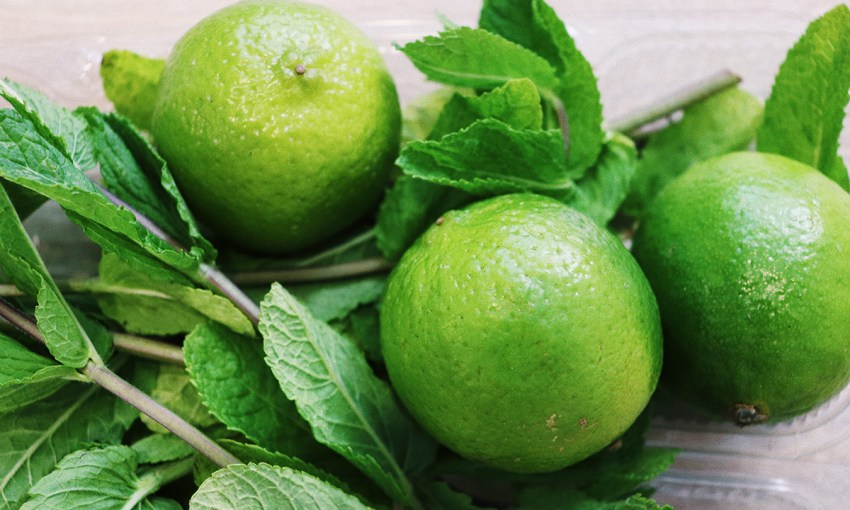
Limes
Tahitian lime (or Persian lime) has small fruit, but a lower acid content than the West Indian lime. Fruit is relatively seedless, has a thin rind and smooth surface, pale lemon-yellow at maturity.
Kaffir lime is densely branched with short spines. The fruit is very irregular and bumpy. When ripe it has a thick yellow-greenish rind. Flesh is sour and slightly bitter. The leaves are beautifully fragrant and are often used in Thai cooking.
Buddha’s hand is a curiosity and an attractive citron. As the name implies, the fruit is split into a number of twisted and distorted finger-like sections. The fruit lacks flesh or juice development. Rind is yellow and the flesh is acid, being normally regarded as inedible fresh but it can be candied or used to produce zest.
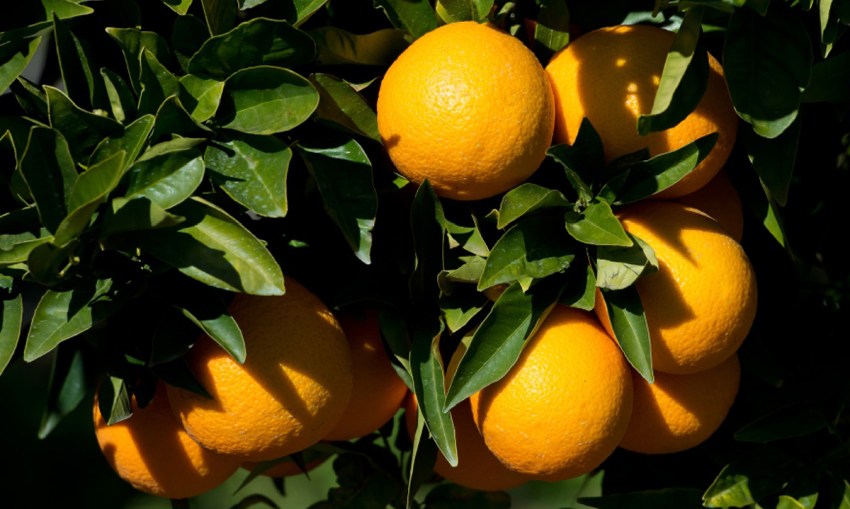
Oranges
Valencia is a large vigorous orange tree up to six metres that fruits in summer. It is the best juicing orange, providing deep-orange juice. A seedless Valencia is also available, this citrus is very similar to Valencia but with few or no seeds. The fruit matures slightly earlier than the Valencia.
One of the most widely grown is the Washington navel orange, this large sweet orange fruits through winter, excellent eaten fresh or juiced, a real hit with the kids. Other navel varieties can be grown to extend the fruiting season.
Blood orange is a sweet and juicy mid-season orange. It has round orange fruit with pink to red flesh and few seeds. The colour is best developed in warm inland areas. One very popular blood orange is Cara Cara.
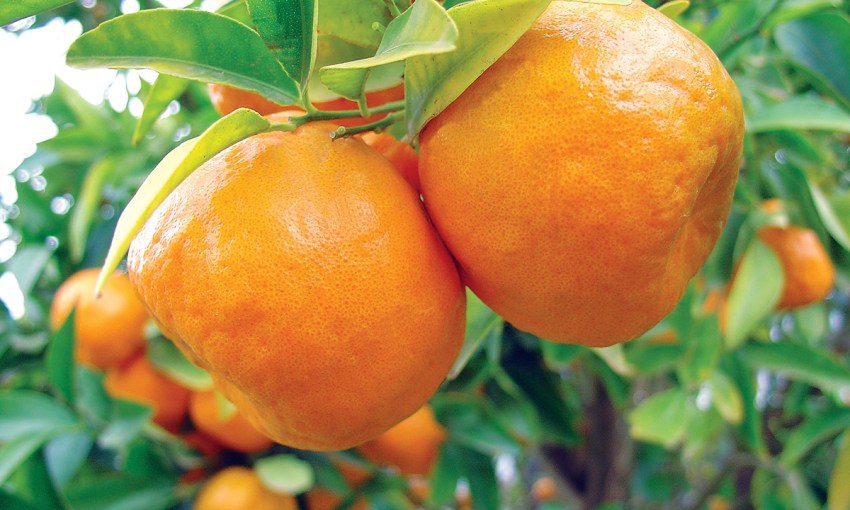
Mandarin
Early Imperial is the earliest mandarin and it matures late April to early May, with small to medium-sized fruit, light orange skin, distinctive aroma and flavour. Remember to cut the fruit from the tree because it peels easily and will reveal a hole if you pick it instead of cutting it.
Emperor matures mid-season, late May to mid June. Fruit has good flavour, long tree life, and rough skin.
Ellendale is late in the mandarin season, matures mid July to mid August. Medium to large with orange skin, it’s not as loose-skinned as the above three varieties but relatively easily peeled.
Honey Murcott is a late bearing mandarin-tangerine cross. The tree develops long, weeping branches that are almost thornless. The fruit is bright orange with a tight skin, and is very juicy. It grows well in South Australia’s inland areas where its delicious fruit sets from October to December.
Japanese seedless ripens in May. Mature trees are normal shape and size. The fruit has loose puffy skin and is easy to peel.
Tangelos
These are hybrids of mandarins and grapefruit, ranging in colour from grapefruit yellow to red-orange. They have sharp, rich, juicy flesh and maturity varies from late August to October.
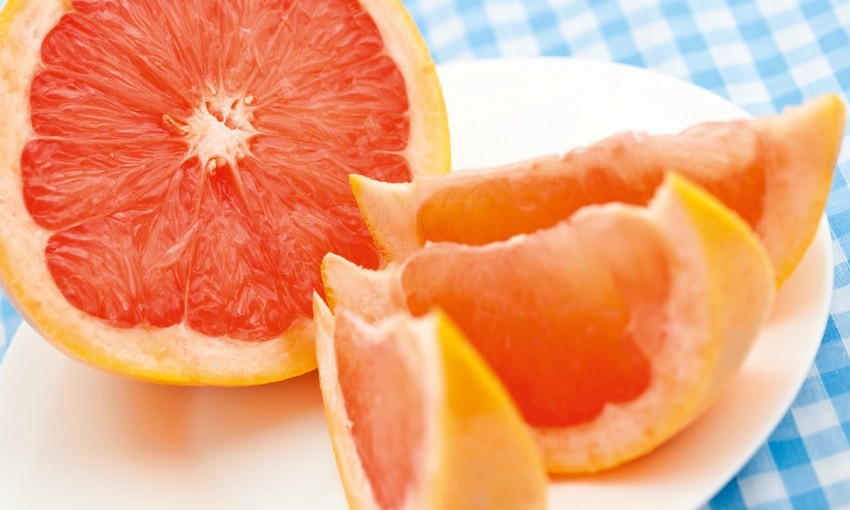
Grapefruit
These distinctive large to very large fruit would be one of the easiest citrus to grow. Once established it’s a heavy cropper with a uniquely flavoured fruit, idea for breakfast and juicing.
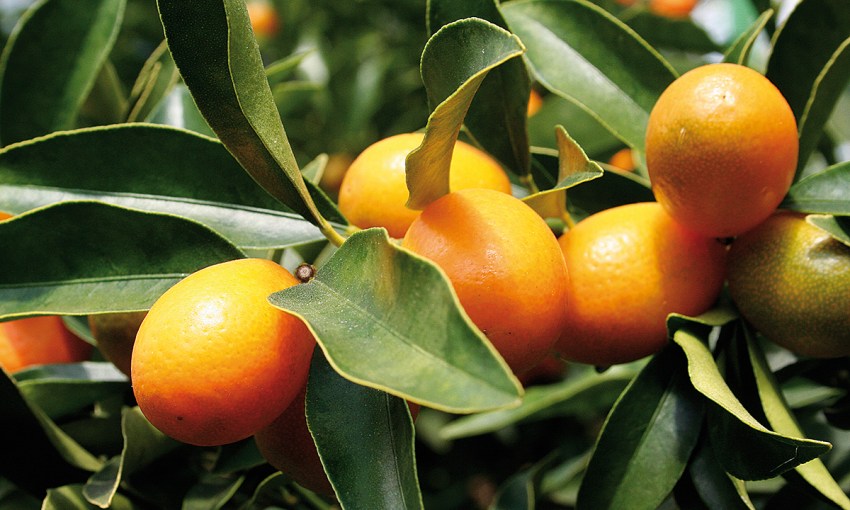
Cumquat
A beautiful evergreen shrub or small tree, a delightful ornamental feature plant in a tub or in the garden, wonderful grown as a topiary or standard. The abundant fruit as well as being decorative is useful for making marmalade. Calamondin has round fruit, a decorative ornamental tree that masses with fruit.
Variegated calamondin as the name implies has variegated foliage. Young fruit is striped with white stripes turning orange colour when ripe.
Nagami has sweet oval-shaped fruit, and is a much slower grower. Interestingly the whole fruit can be eaten, skin and all.
This article first appeared in the Autumn 2020 issue of SALIFE Gardens & Outdoor Living magazine.



